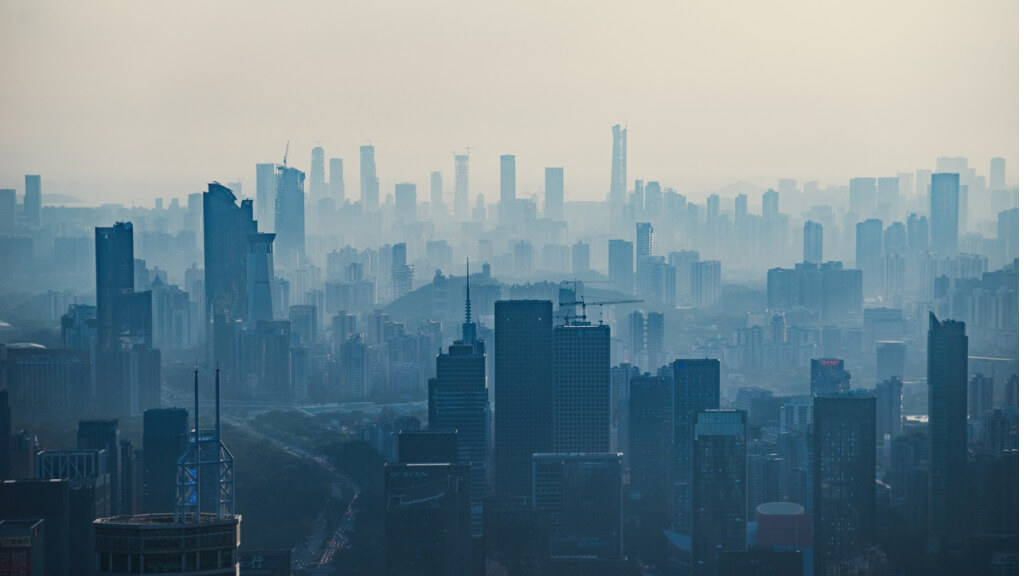China's Factory, Service Sectors Stumble As Economic Malaise Broadens
The readings initially pushed the yuan to a seven-month low.

China's factory activity declined for a third straight month in June and weakness in other sectors deepened, official surveys showed on Friday, adding pressure for authorities to do more to shore up growth as demand falters at home and abroad.
The world's second-largest economy grew faster than expected in the first quarter largely due to a strong post-COVID rebound in consumption, but policymakers have been unable to sustain the momentum in the second quarter.
Services sector activity for June also recorded its weakest reading since China abandoned its strict COVID curbs late last year, data from the National Bureau of Statistics showed.
The official manufacturing purchasing managers' index (PMI) inched up to 49.0 from 48.8 in May, staying below the 50-point mark that separates expansion from contraction and in line with forecasts.
The non-manufacturing PMI fell to 53.2 from 54.50 in May, indicating a slowdown in service sector activity and construction.
"Domestic tourism, and dining out have been making up for lost time in the early part of the year. But there is only so long that this can go on," said Rob Carnell, regional head of research Asia-Pacific at ING. "Other indicators of retail sales suggest that it remains well above historical trends, and suggests some further moderation over the second half of this year."
The NBS' separate services index dropped to 52.8 from 53.8 in May, its lowest since December when China scrapped strict COVID curbs.
The readings initially pushed the yuan to a seven-month low and the Australian dollar to a three-week low although both currencies later recovered losses.
"After a short-lived reopening boost, the service sector appears to be settling into a new post-pandemic normal of slower growth," wrote Julian Evans-Pritchard, head of China economics at Capital Economics.
MORE SUPPORT NEEDED
When China abandoned its COVID controls, economists anticipated its economy would recover quickly and emerge as a key driver for global growth. Six months on, however, analysts are downgrading their forecasts for the rest of the year.
Nomura has been the most bearish, cutting its forecast for growth in China's gross domestic product (GDP) this year to 5.1% from 5.5%. That downgrade even takes into account the prospect of new stimulus.
The PMIs showed new orders and new export orders shrank for the third straight month.
"The June PMI reflects a number of imbalances and weaknesses, such as: the continuous contraction of internal and external demand, an accelerated slowdown in the operations of small enterprises, and continuing increasing pressure on the private economy," said Bruce Pang, chief economist and head of research for Greater China at Jones Lang LaSalle.
"This indicates the urgent need for a more powerful package of policy measures... to ensure the annual growth targets," he added.
The government has set a modest GDP growth target of about 5% for this year after badly missing its 2022 goal.
China's cabinet this month pledged to promote a sustained economic recovery "in a timely manner".
Addressing a World Economic Forum summit in Tianjin on Tuesday, China's Premier Li Qiang reiterated that Beijing will take steps to boost demand, but stopped short of unveiling any concrete policies.
China cut key lending benchmark rates earlier this month to shore up activity.
Sources involved in policy discussions have told Reuters that China will roll out more stimulus measures, but concerns over debt and capital flight will keep measures aimed at shoring up weak demand in the consumer and private sectors.
ING's Carnell said while the government is likely to provide some support, it won't "resemble anything like the financial bazooka that some want to see, but will instead be more of a buck-shot spray of smaller more targeted measures that may not move the GDP needle substantially."
(Reporting by Joe Cash; editing by Sam Holmes)
Thanks for signing up to Minutehack alerts.
Brilliant editorials heading your way soon.
Okay, Thanks!

